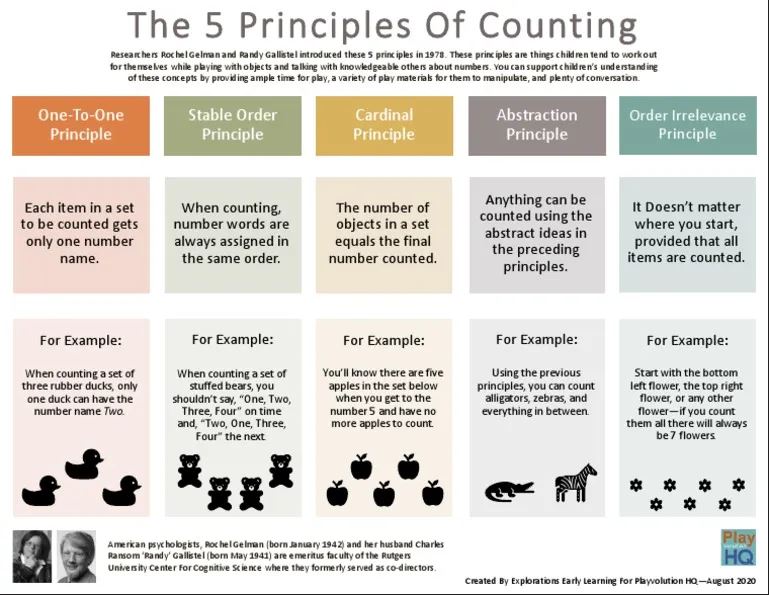At Tambrey, we use the latest research and resources to deliver effective maths instruction. We incorporate Numicon, a hands-on tool that helps children understand numbers through shape and pattern. Our program focuses on number awareness and counting principles to build strong mathematical foundations.
The expected level of achievement, at the end of the year, includes judgements against the following skills:
- Recognises and orders numbers out of sequence initially from 5 then to 10.
- Count orally to 5, then 10.
- Count and make collections to 5, then 10 mostly matching collections to correct numerals
- Recognises simple 2D shapes
- Can identify basic positional language such as in front, on, behind, beside/next to and above
- Make use of the appropriate language of measurement
Apply the following principles of counting: up to 5, then 10
- Stable order (Says numbers in correct order)
- 1-1 correspondence when counting up to 5 items
- Cardinal value (last number said is the total)
- Order irrelevance
- Abstraction

Kindy Maths unpacked
- Subitising: is the ability to look at a small set of objects and instantly know how many there are without counting them.
- Partitioning: the ability to think about numbers are made up of parts.
- Numicon: Numicon shapes are designed to give children a hands-on, visual way to explore and understand the connections between numbers.
Building Independence
Independence is crucial for building confidence, resilience, and responsibility in young learners. Below are specific strategies to support this for school:
Packing Bags & Belongings
- Encourage your child to take responsibility for their belongings by putting away their lunchbox, water bottle, and hat themselves.
- Ensure your child can pack their own bag, including zipping it up independently.
- Check that their lunchbox and bag are the right size for them to manage on their own.
- Teachers cannot pack every child’s bag—help set them up for success by practising this daily.